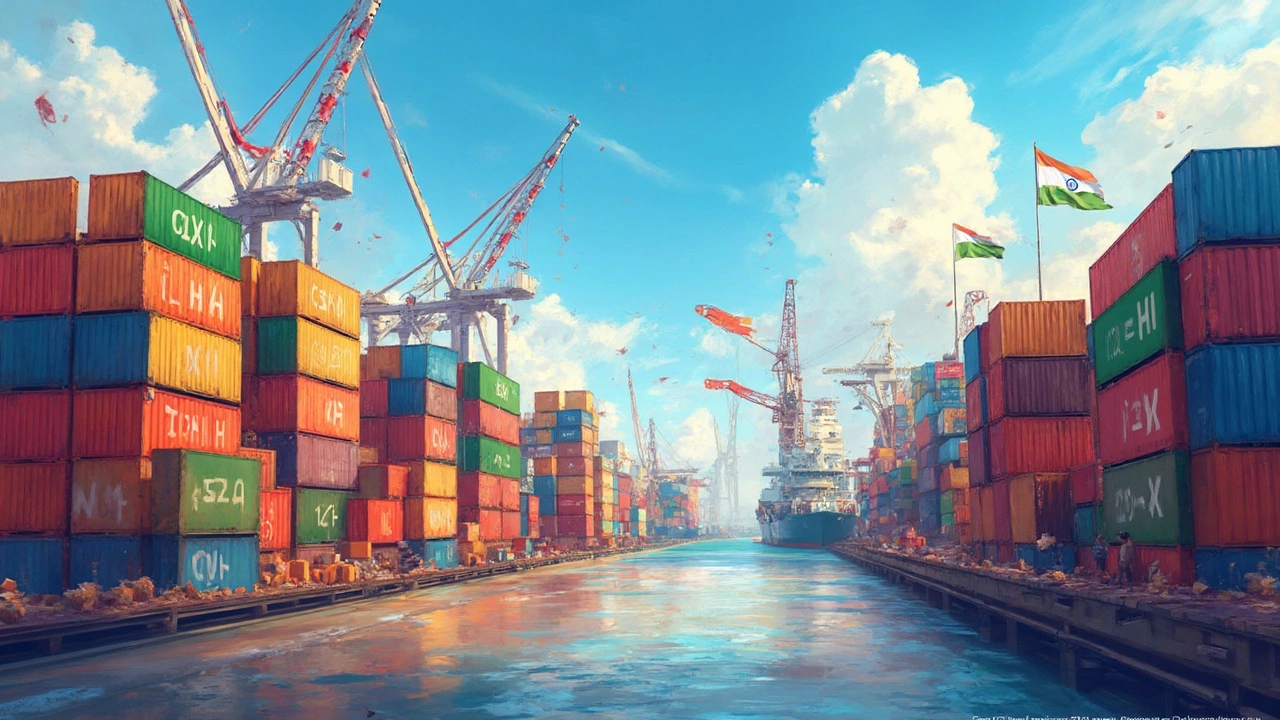Chemical Export India: What’s Hot, Who’s Buying, and How to Ship Faster
India’s chemical sector is punching above its weight. In the last five years the country has jumped to the top‑10 global exporters, moving everything from basic petrochemicals to specialty polymers. If you’re a manufacturer, supplier, or new entrant, you probably wonder which products sell best, where the biggest buyers live, and what paperwork you can’t skip. Below we break it down in plain language, so you can start planning real shipments today.
Top Chemicals India Sends Abroad
Two product families dominate the export ledger:
- Petrochemical basics – ethylene, propylene, and their downstream derivatives like polyethylene and polypropylene. These feedstocks feed the plastic, automotive, and construction markets worldwide.
- Specialty chemicals – solvents, surfactants, and performance additives used in pharma, cosmetics, and electronics. Their higher margins make them a favorite for small‑batch exporters.
Geographically, the United Arab Emirates, United States, and Germany top the buyer list. UAE imports a lot of bulk petrochemicals for its downstream plants, while the US and Germany prefer high‑value specialty grades for advanced manufacturing.
Seasonality matters too. Export volumes spike in Q2 and Q3 when global demand for construction‑related plastics rises. Knowing this cycle helps you time production runs and negotiate better freight rates.
Navigating Regulations and Logistics
India’s export rules are stricter than they look. The key documents you’ll need are:
- IEC (Import Export Code) – mandatory for any company shipping goods abroad.
- Form‑1 / Form‑2 – certification from the Ministry of Commerce that your product meets quality and safety standards.
- Certificate of Origin – proves the chemicals were produced in India, often required for preferential duty rates under trade agreements.
Customs duties on chemicals are low, but you must comply with the Hazardous Waste (Management, Handling and Transboundary Movement) Rules, 2016 if you’re moving classified hazardous substances. Failure to file the correct HS code can lead to delays or fines.
On the logistics side, sea freight remains the cheapest option for bulk petrochemicals. Look for consolidators that specialize in chemical tankers – they can offer door‑to‑door service and handle the necessary safety paperwork. For specialty chemicals, air freight is common despite higher cost because buyers need fast turnaround and tight temperature control.
One practical tip: partner with a freight forwarder who offers a digital tracking portal. Real‑time updates on vessel ETA, customs clearance status, and temperature logs give you and your buyer confidence, and they often speed up payment cycles.
Finally, keep an eye on policy shifts. The Indian government is promoting “Make in India” for chemicals, offering export incentives and simplified licensing in special economic zones (SEZs). Registering a plant in an SEZ can cut logistics costs by up to 15% and provide tax holidays for the first five years.
Bottom line: focus on high‑margin specialty chemicals if you’re a small player, align production with global demand peaks, and lock in the right paperwork and logistics partner. Follow these steps and you’ll turn India’s booming chemical sector into a steady stream of export revenue.

India's Chemical Export Industry: A Closer Look
India's chemical export industry is booming, with diverse products reaching global markets. From organic chemicals to specialty items, the sector plays a key role in India's economy. This article explores the major chemicals India exports, the dynamics of its export market, and interesting facts on how these products impact global industries. Understanding these can benefit international trade partners and potential investors.
Read More